I love crafty people (obviously). And I love crafts-based businesses (obviously). But man oh man, as a writer and marketing professional, I see so much missed opportunity out there! The biggest missed opportunity? The "About" page. Your "About" page is your chance to show why your company/service/product stands out. It's a chance to tell your story. That matters, because in today's story-based economy, people care--not just about WHAT you do. But about WHY you do it.I know this because my main business is storytelling. I help people build brand stories. In the past few years, I've seen how much people struggle to write their "About" pages (sometimes called "Our Story" or "Company History" or something similar) for their business and book web sites.That's why I'm doing a teleclass this Thursday (Sept. 6) at 2:00 EST (totally free) all about how to craft better "About" pages. Hop on over to my main business site, right here, and you can read about it and sign up. Here's that link again to share: http://judiketteler.com/teleclass-what-are-you-about-anywayHope you can make it!
Yikes, it’s been far too long since I’ve posted a blog update! I’ve been so focused on building my newsletter that I’ve put the blog on the backburner (it’s hard to do lots of different things well, I’ve found). But I did want to pop in and let readers know about something very cool I’m organizing.
I’ve been thinking lately how people can make a splash with their brand: how do you get your ideas out there into the world? We know how big companies do it (with huge marketing budgets and staffs of people). But what about solopreneurs, Etsy shop owners, fabric designers, and other creative types? You’ve got ideas too! 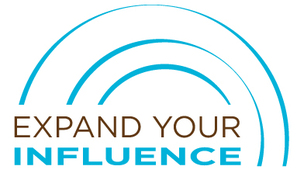 That’s why I’m organizing a “telesummit”: Expand Your Influence: A Virtual Conference on Turning Big Ideas into Brand Extensions (March 19 – 23) is an interview series all about brand extensions—larger projects like books, eBooks, videos, and TV shows that help you get your big idea out there into the world. It’s going to be energetic and insightful, and totally multidisciplinary (from sports psychology to fabric design!). Speakers range from designer and author Amy Butler to TV show host and designer Angelo Surmelis to self-publishing guru Peter Bowerman, and a whole lot more, like a literary agent (who specializes in craft books), a business coach, and business owners/bloggers who leveraged their brand/blog to write books and sell fantastic branded products. You’ll not only come away from this interview series inspired to create something amazing, you’ll also learn practical tips for marketing your brand extension.
How do you listen? Well, it couldn’t be easier, because it’s free. And it only requires signing up. You can listen live, completely free (calls are at 10:00 a.m. and 2:00 p.m. EST each day). Register here. Share this link with anyone you’ve ever heard say they have a big idea.Oh, and I almost forgot: Amy Butler (who you are definitely going to want to hear from) is also offering a book giveaway when you sign up! (Details are on the sign-up page)
So, I’m obviously not doing this because I heart technology (did you read my newsletter last week?). So, what’s the deal? First, I am a geek and I want to study some things, publicly: how the splash happens (what Malcolm Gladwell calls “the tipping point”), what remarkability has to do with it (what Seth Godin calls “the purple cow”), and why starting with “why” always matters (Simon Sinek). But it’s not just about great thinkers I admire. It’s about action. And learning from others’ actions. (I sort of want to take over the world, so there are a few things to learn.)
It’s also a chance to interview superbly cool and extremely brilliant people who are doing inspiring, revolutionary, and/or intriguing things with their brand extensions. Basically, I love the flow of a good conversation. I want to do backstrokes in it. I used to only get to interview cool people when I was writing an article for someone else. Now, I’m doing it for me—and definitely for you.
So sign up, right here!
Thanks to all who have been singing up for my newsletter over at my new site! The first edition will be coming out very soon, and then it will be bi-weekly.
If you follow that link above, you’ll see that you have the option to just sign up for the newsletter, or sign up to receive the newsletter, plus the first two chapters of my eBook, “Put Your Passion Into Words: How to Overcome the 4 Biggest Obstacles Standing in the Way of Writing Your Web Site” I wrote this eBook for entrepreneurs (yes, selling on Etsy or trying to launch your own pattern line absolutely makes you an entrepreneur!) who are trying to get their web site finished, but are struggling because they just don’t know what to say. Believe me, if this sounds like you, you are not alone! I went to a networking event last night here in Cincinnati, and I talked to so many people who were struggling with getting their web sites up and running because they couldn’t get the copy written. So, take a look at the book and the first few chapters, and if you want more, it’s just one more click!
In other news, I’m making progress on Max’s penguin backpack (from Oliver + S Little Things to Sew). If I could get more than a 15-minute stretch to sew, I’m sure I could finish it!
I’ve got two super exciting announcements, on two totally different topics (or are they . . .?).
Anyway, first, my new website is finally live! I love it so much, and I adore the design my friend Claudia did! That color is now called Judi Aqua. I’ll be sharing more about it in the coming weeks. I’ll still be blogging here for my crafty friends, but I’m also starting a newsletter (where craft-related stuff will certainly pop in from time to time). So, if you want to join my newsletter list and hear from me (either once a week, or once every other week—haven’t decided yet), then click through here, and use the signup box on the right. You can also download a few chapters of my eBook. No spam. No craziness. Just me, communicating with you.
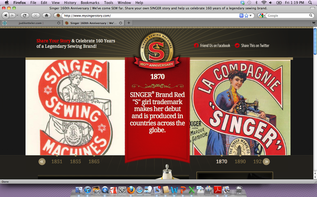 So, from one website announcement to another. Did you know that TODAY—August 12—is the very day, 160 years ago, that Isaac Singer was issued the patent for his sewing machine? Singer is celebrating their 160th anniversary all year-long, and today, they launched a brand new site: MySingerStory.com! Look at these beautiful (rotating) images from the site! (Many will look familiar to my readers, because Singer graciously let me use many of these in the pages of Sew Retro.)
This site is so cool because not only can you share your own Singer memories (and read others’ stories), you can also search everything about your particular model, and find out information. Now, that part is not quite ready to go yet (should be ready next week), but there are stories there, and fun historical tidbits (some pulled from Sew Retro). The Singer folks also asked me to share my own story, which I’ve done. I know that you all will LOVE this site, and love all of the fun stuff Singer is doing this year to celebrate. In fact, I’ll be talking more about that as well!
So, is it coincidence that I’m launching my new site the same day Singer is launching theirs? Well, okay, yes. But, I'm starting to believe that coincidence is just the universe nudging us to look deeper at something. And here it is: Singer’s site is all about sharing your story. Helping clients connect by sharing their story is the focus of my new brand: Words That Connect. In fact, the guiding principle of my business is simply this:
Your story is your best thing.
Singer knows it, I know it, and I can’t wait to tell you more about why stories matter so much, in your life and in your business.
Have a great weekend!
Thanks for everyone’s nice comments about my Special Spaces pillows! I really enjoyed being part of such a great team. And, of course, I greatly cherish that comment from Bailey’s mom. Continuing on with my crazy week, the day after the Special Spaces makeover, I got on a plane to Denver for a much-anticipated business retreat at the Omni Interlocken Resort (I’m seriously going to write them a love letter for their exceptional service). 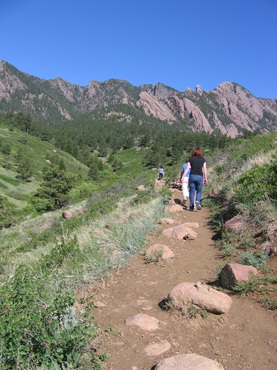 I’ve written before that I’ve been making lots of changes in my writing business as part of my work with my business coach, Darla LeDoux, and the Mastermind program that I’m a part of. This retreat was a chance to gather with the four other members of my group, along with Darla, to share our progress (and get and give feedback), do more planning, and learn new strategies. We also got to take this fabulous hike. Look at those mountains! There may have also been a ride in a limo to a great restaurant in Boulder.
Well, and a massage this morning, followed by a glorious soak in the hot tub and a dip in the pool. Oh, and how random is this? My sister, Claire—who lives in New Hampshire—just happened to be passing through the Denver airport with her son (my nephew) Pete, this afternoon when I was leaving. They were on their way to hike the second half of some insane 480-mile trail somewhere around Denver. She lives 2,000 miles away from me and I hardly ever get to see her—and her plane just happened to be arriving at the gate directly across from my gate 10 minutes before my plane to Cincinnati left! Do you know how BIG the Denver airport is and the odds of that? Not to mention all the delays she had to experience before getting to Denver to even have us at the airport on the same day at the same time (her coming and me leaving). We knew that morning there was a chance we might see each other, but I never thought all of the pieces would fall into place for a 5-minute visit, but somehow they did. What a sweet little gift. But seriously, it was 93.37% work (Allen, if you are reading, it was 100% work). Awesome work, actually. When you are working in your business, it’s rare that you get to step back and think deeply and seriously about the direction your business is heading, about your goals, and about how—step by step—you are going to make it happen. And then, you have five other people to hold you accountable and stare you down (lovingly) if you don’t do what you say you’re going to do.
I am going to do what I say I’m going to do. That’s a promise.
In fact, I can’t wait to share everything I’ve been working on (soon!). I think I’ve found a sustainable way to bridge my writing business with my involvement in the craft industry. I mean, Sew Retro was one way I did that, and of course, this blog does, too. And I love this space and the book is one of my proudest pieces of work.
But I’ve got even more exciting things in mind for the future.
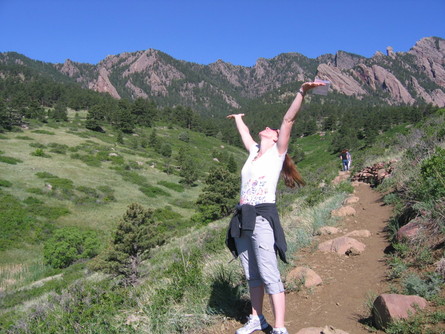 I must give credit to my friend, Brian, for taking this picture!
I’ve have career envy of Jennifer Worick for quite some time! A friend recommended that I get in touch with her five or six years ago because we had similar writing interests. When I clicked over to her site, I was super impressed. She’d written all of these books about interesting topics, and I was a bit in awe. Fast forward to last year, when we got the chance to meet at the CHA Supershow in Chicago. I learned that we had the same publisher (Voyageur) and the same agent. I also realized how smart she was about this whole book business. When I saw that she had started to offer book proposal writing classes, I knew that she would be the perfect Q&A for my blog. She’s written 25 books, including her latest, Simple Gifts: 50 little Luxuries to Craft, Sew, Cook, & Knit (which one lucky reader will win!). Jen is full of great ideas and great advice. Here, she shares some tips for writing your book proposal and marketing yourself.
To enter the giveaway to win a copy of Simple Gifts: 50 Little Luxuries to Craft, Sew, Cook, & Knit leave a comment here by Tuesday, May 31 at noon EST.
Q: First, tell me about the workshops you've been teaching!
Worick: My pal, Kerry Colburn, and I have been asked many, many times for publishing advice. She’s an author who was an executive editor at Chronicle Books and I’m an author who was editorial director at Running Press. So we’ve been on both sides of reviewing and writing book proposals and it seemed like a natural next step to share our insight to groups of aspiring authors. So we give talks and workshops to help folks write salable proposals and learn about the publishing industry. We currently offer events in Seattle but are looking at creating e-courses and electronic multi-media kits, as well as hosting events in different cities, in the next few months. 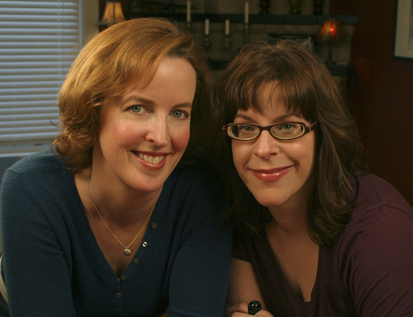 Worick and Colburn Q: How do craft book proposals differ from other book proposals?
Worick: Craft books, in some respects, are like cookbooks. Any sort of how-to book proposal needs to take into account that the projects will need tech editing and review for clarity and viability of projects. I think it’s helpful to include a complete list of the projects you’d plan to include, as well as step-out snapshots of a couple of projects (photos that match each step in the project).
There are a lot of craft books on the market so it’s also important to think about how your group of projects thematically hang together and are different from what’s already on the market. Are they all projects made for pets? Do they all have a floral motif? Are they all variations on a technique?
Q: How does an author make their proposal stand out from the field (either craft book proposal, or other non-fiction), and then how do you make your marketing efforts (to sell the published book) stand out from the field--especially in the craft world, which is starting to feel sort of saturated?
Worick: What Kerry and I advise in our Business of Books talks is that you first start in researching, not just your idea, but the market as well. It’s important to refine your idea based on what you see in the marketplace (both in the bookstore and online). If someone can get hundreds of free shawl patterns online to knit, what is going to make her shell out money for yours? What makes them so special? Do they all have intarsia designs that you’ve spent a long time figuring out? If there is something out there similar to yours, don’t despair. Just spend some time thinking about how to make yours more original and distinctive.
When it comes to marketing, there is a active online community for crafters so I’d recommend contributing to websites, commenting on other blogs, and writing your own blog. You’ll build up a community that can help evangelize your book when it comes out.
Q: What is the most challenging thing about doing a craft book proposal today (versus a few years ago)?
Worick: As you said, there is a lot of saturation in the market and it’s a tricky thing to find a great, specific idea that’s not TOO niche. Crafters are eager for the next thing to expand their skill set and blow their mind creatively, so if you can keep that in mind when developing your idea, you’ll strengthen its chances of being published. I wrote Backcountry Betty: Crafting in Style because I saw a desire to repurpose materials, incorporate natural elements you may have collected in a new way, and create inexpensive but clever projects.
Q: What is the most exciting thing about doing a craft book proposal today?
Worick: Well, for me, it’s two things: refining the overall concept and then brainstorming the individual projects. I don’t usually have all the projects figured out when I first develop a proposal. The creativity starts flowing and my ideas get more and more brilliant as I push myself to come up with fresh projects.
Q: Do you have like a top 3 list of the absolute best tips for pulling together your proposal (any proposal--craft or otherwise)?
Worick: Well, we have eight elements of a proposal that we talk about in our talks. But as far as tips:
1. Do your homework. Research and refine your idea.
2. You don’t have to write the book to sell the book.
3. Have a trusted friend review your proposal, maybe even a non-crafter. It’s important that you don’t assume anything and that your directions make sense. And sometimes as the author, you can’t see what’s missing or unclear.
Q: How important is negotiating with the publisher? This is foreign territory for many craft book authors, who are used to dealing with customers or running a business, but not necessarily negotiating rights and things for a manuscript.
Worick: It’s often hard to advocate for ourselves when we are negotiating a book deal. But that said, there are all sorts of points that have some wiggle room. If they won’t budge on royalty, then ask for a bigger advance or a “production grant” (a fee that you can use for materials or project development that won’t be part of your royalty). You can also ask for an escalator, where your royalty will increase when you hit a certain number of sales (say 15,000 units). And know all your options, what your bottom line is, and explore self-publishing options so you can see what might make sense for you. If you want all the control, have a large online community, and want to get your book to market quickly, self-publishing an e-book might be the way to go.
Q: Finally, can you talk about why it's important to build relationships with people--agents, publishers, press people, other authors/bloggers, etc--in order to really be successful in the bookselling business?
Worick: I think anything you can do to increase your knowledge of the publishing industry will help you in your quest to get published. Reading Shelf Awareness or subscribing to Publishers Marketplace can also help give you an idea of what deals are being made, what issues are of greatest concern to the industry, that sort of thing. You will become savvier and have a better idea of how to position yourself as the author and market your book effectively. Talk to your local bookstore staff, develop relationships with your crafting community and shops (again, both online and brick-and-mortar stores). As you build relationships and credibility, you increase your ability to market your book. You are probably already doing this naturally, because it’s where your interest lies. Just bring some mindfulness and purpose to your efforts and you’ll quickly become a desirable and marketable author.
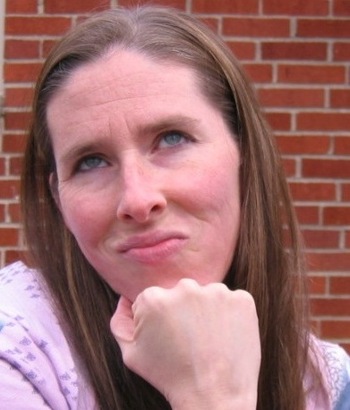 Pondering, pondering, pondering . . . (and always with that Ketteler smirk) I’ve always had ups and downs in my business (which consists of both magazine writing and copywriting). I’m used to this, and I’m okay with it. But 2010 was a doozey.
Let’s see, first, I had the opportunity to write an extremely personal essay for Whole Living. It’s the magazine piece I’m the most proud of (and it actually just won the American Society of Journalists & Authors award for best essay in the personal service category for 2010). Then, Sew Retro was published. The book represented something I had long wanted to do. It was a ton of work, but absolutely wonderful and I couldn’t have been more proud. Then, in September, I had another baby. What, you haven’t seen enough pictures of her? Well, of course you can see another one! So, 2010 should have been a great year.
But then, everything about my business fell apart. And I mean, fell effing apart.
I lost one client after another, for reasons completely out of my control. Editors got laid off. Freelance budgets dissipated. Projects promised themselves and then scampered away. Checks took forever to come. People I desperately needed to return emails didn’t return emails.
I found myself dipping into the first “only touch in case of emergency” fund in the fall. By the end of the year, I was looking at dipping into the second such fund, and one terrible day in January, I had to. I sobbed (quietly) on the phone with some investment banker I didn't know as I sold bonds from the back-up, back-up investment account. I could hear my husband with the kids downstairs, and in that moment, I felt like a complete and utter failure.
When I started freelancing nine years ago (almost to the day—I was laid off April 2, 2002, and decided to go into business for myself the next day), I always thought it seemed too good to be true. Why was I allowed to do something I loved so much—write—and make a really good living doing it? How were my husband and I allowed to live this charmed life, where he was able to stay home with our kids and I was able to support us by doing something I knew I was meant to do from the time I wrote my first article about Birchwood Drive (my childhood street) when I was eight years old? Surely, someone was going to come knocking on the door any day and tell me the jig was up.
In January of this year, I figured maybe the jig was, in fact, up.
But then, here is what happened. I interviewed a researcher for a story about exercise motivation. It was just one more story, nothing particularly special about it. But something in what she said struck a nerve. It goes like this: we create “possible selves”—the people we see ourselves being in 5, 10, 15 (or however many) years. Regarding weight loss and exercise motivation, researchers have found that the “feared-self”—envisioning yourself overweight, unhealthy, sick, diabetic, unhappy, and unable to do the things you love—is a motivating image for someone to shape up. But you know what else? The “hoped for-self”—where you imagine yourself vibrant, energetic, healthy, active, and doing everything you love—is motivating too. In fact, the hoped for-self is equally as motivating as the feared-self.
So, the researcher went on to explain, if both the negative vision of yourself and the positive vision of yourself are both equally as motivating, why wouldn’t you just choose the positive version?
This was the exact right a-ha moment, exactly when I needed it. Why not just choose the positive? Forget about weight loss. It’s a prescription for anything in life that can have two (or more) possible outcomes. Of course, fear will motivate you. But it may motivate you to make desperate decisions (like working with a publication you know treats writers like crap), which will just keep you in a cycle of fear and desperation (like stewing over the fact that your story wound up being killed/you didn't get paid/the piece turned out to be a nightmare). So why not just see the future you want, and make decisions based on that?
Something about that conversation actually changed a thought process in my head, and it made me realize that I was still in control. I could choose. It was a week or so after that when I met coach Darla LeDoux at a networking event, and a few weeks later, hired her to help me both grow my business and change my mindset. In the midst of all that, I got a huge new custom publishing client, who’s been a delight to work with. I’ve met a ton of new people (some are now clients, some are friends, and some are both) and I just closed one of my best months (March) ever. I don't think any of it is a coincidence. I think I finally stopped thinking the jig would someday be up, and as soon as I did that, it changed the way I thought about everything.
I still have moments when the feared-self pops up. Of course I do. Fear is primal. But I keep choosing the positive, the hoped-for thing. The thing, as Emily Dickinson so brilliantly says, with feathers.
Here’s to good choices and good tomorrows!
If you’re like me, you cringe a bit when trying to do a hard sell on something—whether you’re trying to sell an idea to an editor or your wares at a craft show. It looks so easy on TV though, right? So on that note, I thought I’d reflect a bit on the sales lessons to be learned from some of my favorite TV shows. (Truthfully, the whole post could be just Michael Scott lessons, but I’ll just pick my favorite lesson from him.)
Strategy #1: The wine and dine approach. Order drinks and Awesome Blossoms, tell really bad jokes, and hang out at Chili’s all night. Only when you have thoroughly chatted your client up and made various personal connections should you go in for the sale.
Actual lesson: Michael Scott knows that you can’t go in for the hard sell right away. Building up a relationship with people first is a much better long-term strategy. If you remember, it’s Michael who gets the guy’s business, not Jan, who keeps trying to go for the hard sell from the first minute the meeting starts. I’m not sure where the making-out in the parking lot fits in, but let’s just set that aside for now.
Strategy #2: When client tries to convince you to take less money for something they desperately need you to do, slowly peel an orange and calmly say, “What’cha wanna do?”
The lesson: This is now one of my top five favorite 30 Rock moments! What Alec Baldwin’s character realizes is that the nanny has true leverage, and when you have true leverage, you don’t have to say very much at all.
Strategy #3: Never be the first to throw out a number. Rick on Pawn Stars has this down. He always asks the seller what they want for their wares. Always. (I’ve never seen him throw out the first number.)
The lesson: I’ve heard that in negotiating, the person who speaks first automatically loses power. I think there might also be an Office episode about this? It sort of makes sense. But I am far too much of a nervous Nelly gap-filler to make the silence strategy work for me!
Strategy #4: The power of three: House Hunters always shows home buyers three houses, and inevitably it follows this formula (not always in this order): (1) total piece of crapola, (2) a place that is way out of their budget, (3) a place that is still taxing their budget, but less than the total budget-buster so it suddenly looks like an amazing bargain.
The lesson: Give buyers options, and always include an option that is most likely out of their reach, just to make the one you’re really trying to sell look like a bargain.
Strategy #5: Make fake phone calls to people and pretend that you’ve sold your entire stock of computers to beat your childhood nemesis and win the coveted water pick.
The lesson: George Costanza knows how to do two things really well: tell the perfect lie and fake it. And sometimes the faking it route can sort of come in handy—as in, fake it till you make it. Of course, I don’t mean actually falsifying your sales! Rather, faking confidence until you actually feel confident. It works for other stuff, so maybe it can work for selling too?
Strategy #6: Be so goopy and sincere and generally in love with the idea you’re selling (a la Leslie Knope selling The Harvest Festival to the town of Pawnee) that no one can possibly say no to you.
The lesson: The energy you put out there truly does matter! So maybe you want to dial it back a few clicks from Leslie Knope, but truly believing in what you are selling is still the number one strategy in my book (and the only one that doesn’t give me the skeevies).
I really like what I do--love it most of the time. And in the first few weeks after having Georgia, I desperately wanted to get back to my normal work schedule. But this week, I can't for the life of me figure out why! I just Don't. Want. To. Work. I want to coo with the baby, make Halloween crafts, take long walks, rake leaves, watch Ellen, go to the fabric store and dream up new sewing projects--anything but browse press releases for story ideas, interview sources, and drum up more work.
But alas, the bills must be paid (apparently, magazines won't keep sending you checks unless you keep filing stories). So, it's back to work. Bleh.
This morning, a lovely woman emailed me to tell me that she was moved by my essay about running a marathon with my sisters after the sudden death of my brother last November. I held my breath for a minute when I got her email, not realizing the piece was out just yet (it’s in the November issue of Whole Living magazine and online here). I knew it was coming out, and I had approved the final PDF, but still, the thought of seeing it in print sort of scares the bejesus out of me. It is, undoubtedly, the most personal thing I’ve ever written because it involves not just me, but my whole family. Writing it was one matter, but seeing it on a magazine page is quite another. I pondered this during my run this morning. I thought back to one year ago, when I was in the home stretch of training for the Philadelphia Marathon—a marathon I would never get to do. But I didn’t know that then, as I pounded out an 18-mile-run one October morning, feeling so confident and so ready. I didn’t know that in a few weeks, I’d get a terrible, confused call from my sister, Laura, telling me that our brother, Paul, was dead. I didn’t know that five days before the marathon, my family would be dealt this strange—though not exactly surprising—blow. I won’t rehash the whole essay here because I already wrote it as well as I could for the magazine (you can read a PDF of it here), but the story ends with my sisters and I doing our own homemade marathon on the Sunday morning we were supposed to do Philadelphia—the day after Paul’s funeral. 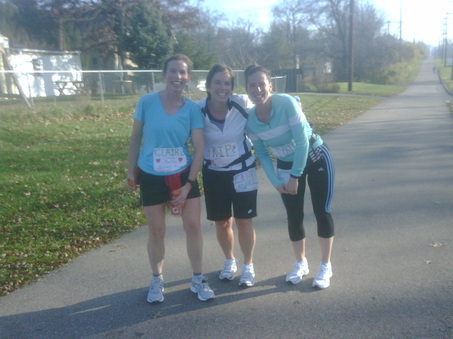 Sisters & me at mile 8 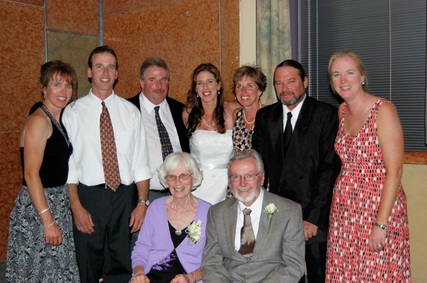 At my wedding (ponytail is Paul) 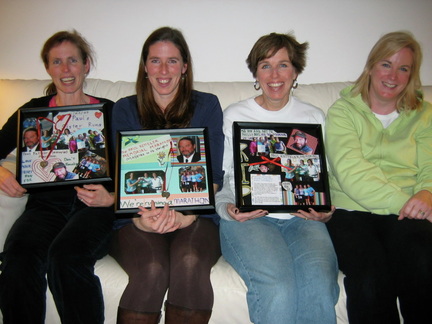 With our collages As my (very jiggly) postpartum body trudged along the pavement this morning, I also thought about what a year it’s been since he died. How my siblings and I have drawn closer together, and how I’ve stopped kidding myself with the idea that people live forever. I thought about how we were all together at my wedding a few years ago, and how--even then--I wondered how many more times we would all be lucky enough to be together to celebrate something happy.
I thought about how a few months after he died, my sisters and I made these collages to remember the day of the marathon. I thought about how therapeutic crafting actually is, and I know that's one of the main reasons I spend so much time doing it.
I thought about how last year at this time, I had just one baby, and now I have two (I got pregnant with Georgia about two weeks after our marathon). I thought about how much I need my family and how much I need running and how lucky I am to know what I need, and to get it. And I thought about Paul, and how it all should have been different, but wasn’t.
That’s what’s on my mind today. Thanks for listening.
|


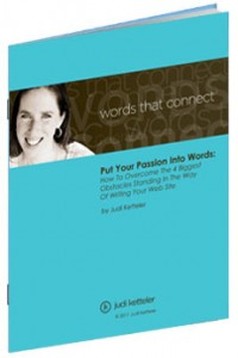
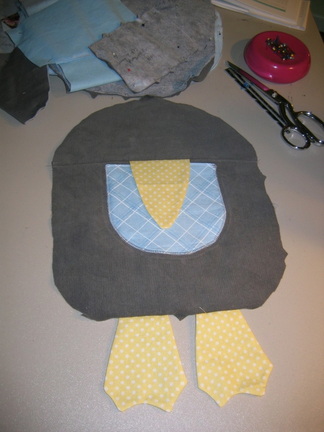
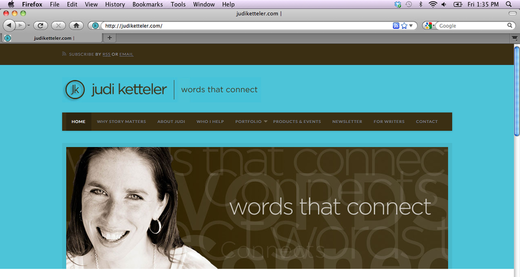

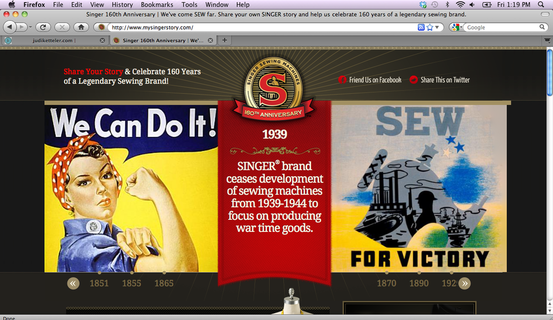
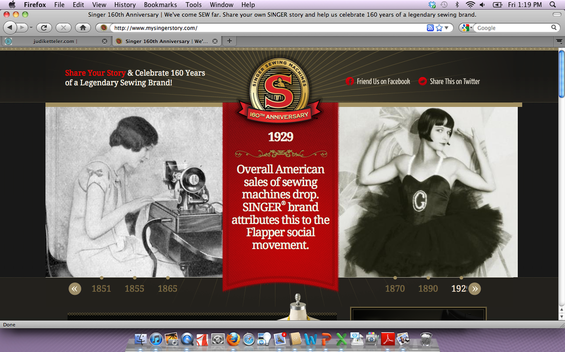
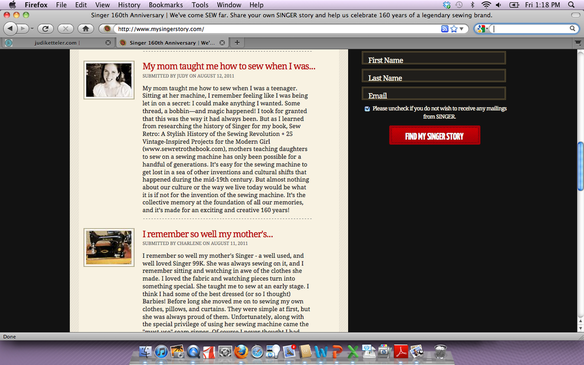
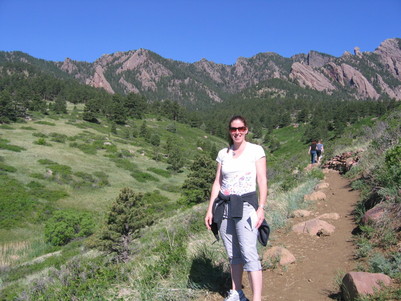

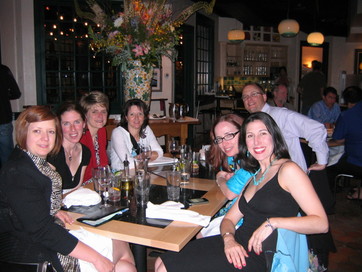

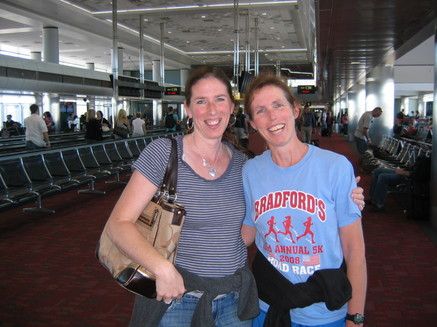

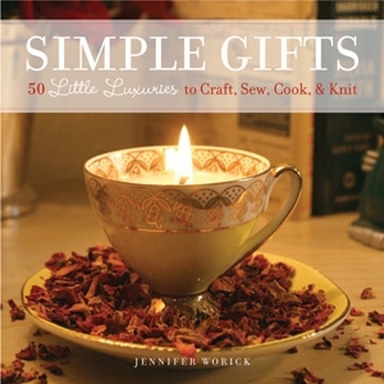


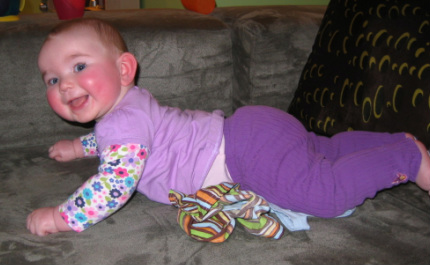
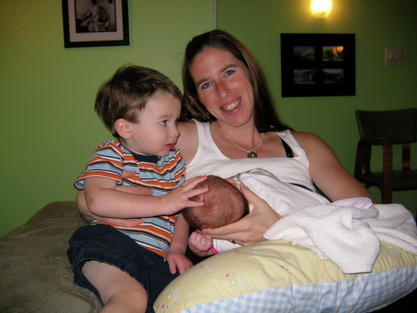



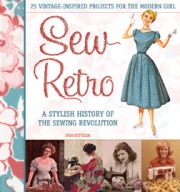

 RSS Feed
RSS Feed